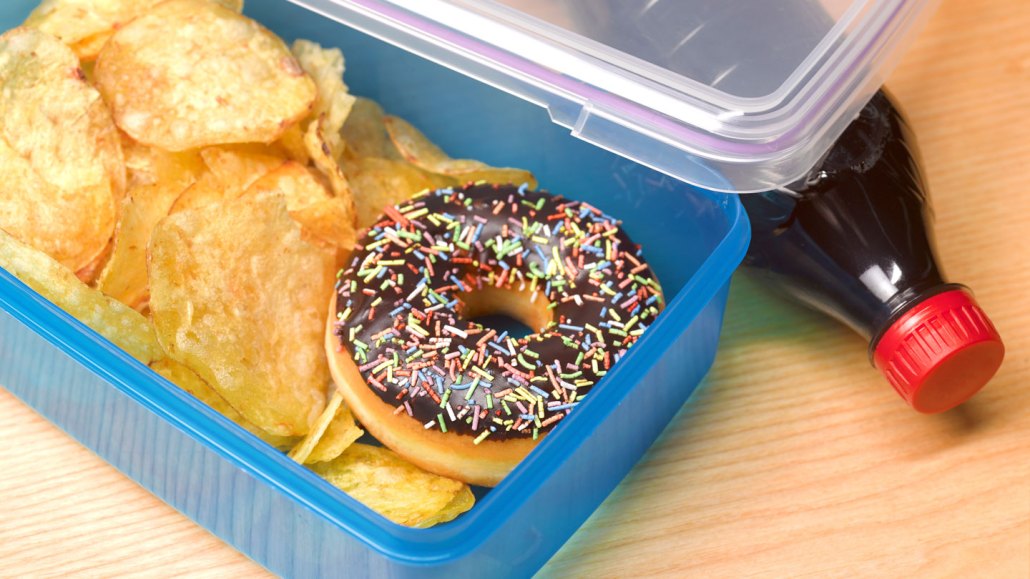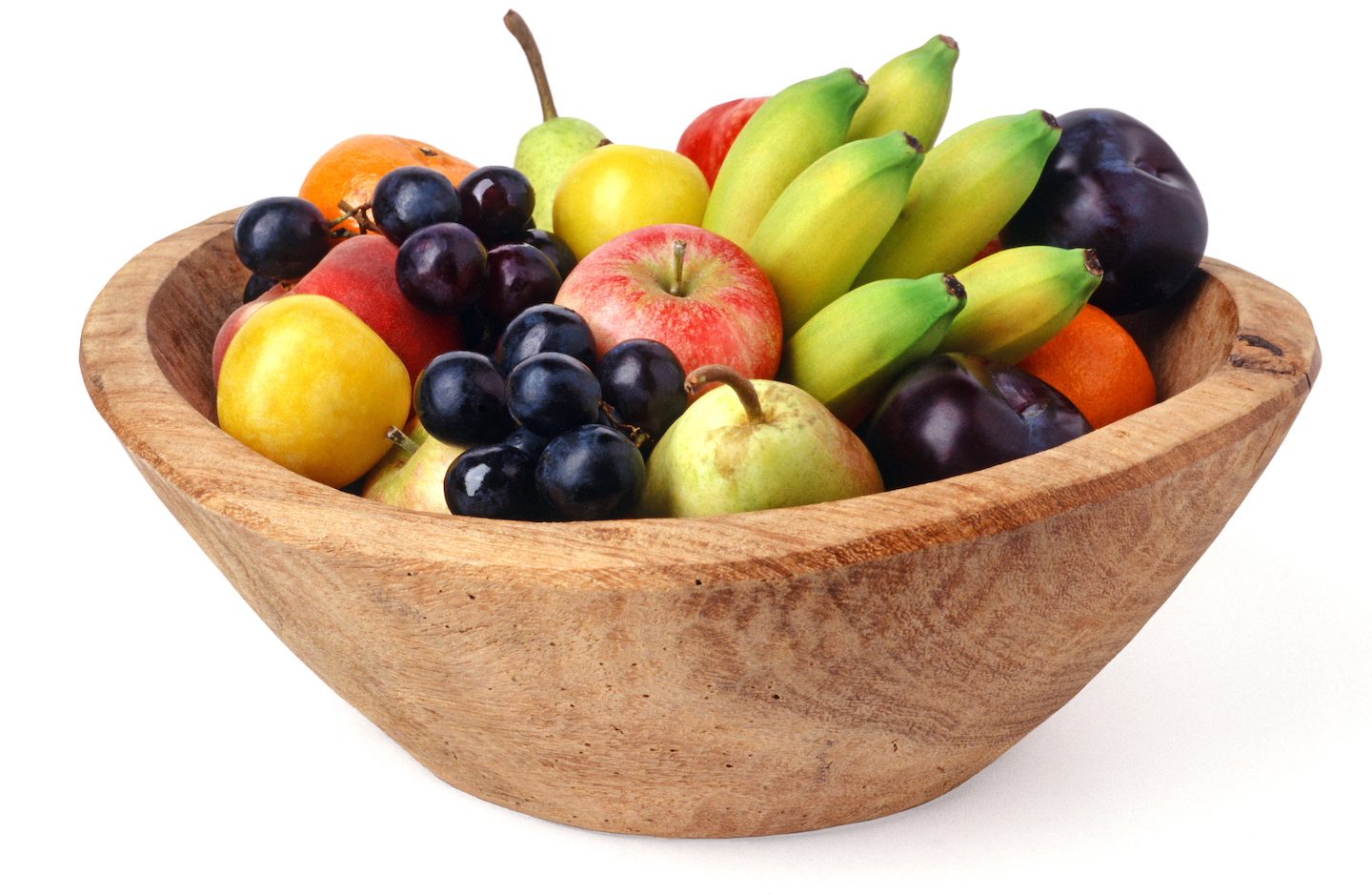Ingredients in popular snack foods can make them addictive
Processed cakes, cookies, pizzas and more trigger cravings and unhealthy eating habits

Foods packed with added sugar, fat and salt trigger the brain’s reward system, setting up a cycle of craving and addiction.
Peter Dazeley/The Image Bank/Getty Images
Share this:
- Share via email (Opens in new window) Email
- Click to share on Facebook (Opens in new window) Facebook
- Click to share on X (Opens in new window) X
- Click to share on Pinterest (Opens in new window) Pinterest
- Click to share on Reddit (Opens in new window) Reddit
- Share to Google Classroom (Opens in new window) Google Classroom
- Click to print (Opens in new window) Print
Ever get a craving for chips, pizza, donuts or cake? You’re not alone. These types of foods are high in added sugar and fats. They’re not very nutritious, but they’re tasty. In fact, they’re so yummy, it can be hard to stop eating them, even after you’re full. A new analysis suggests that key ingredients in these types of highly processed foods can cause people to become addicted to them.
The researchers shared their conclusions November 9 in the journal Addiction.
We usually hear the term addiction used when talking about drugs or alcohol. But researchers are finding that certain foods can trigger the same feelings as drugs. It all comes down to what’s happening in the brain.
When we feel a happy rush, it’s due to a flood of the feel-good chemical dopamine in the striatum (Stry-AY-tum). This region is part of the brain’s reward circuit. The striatum gets a dopamine rush when something good happens. Drugs and alcohol can cause a similar high. So, it turns out, can some popular snack foods.
“We’re designed to find carbohydrates and fats reinforcing,” says Ashley Gearhardt. She’s a psychologist at the University of Michigan in Ann Arbor. Evolving such tastes helped our ancestors “outwit famine and make sure we survive,” she explains. That critical role shaped the brain’s reward system, making us hard-wired to enjoy carbs and fatty foods.
The problem isn’t with all foods containing carbohydrates and fats. Fruit is full of sugar. Oats and other whole grains have lots of carbs. Nuts and meat have fat. But such unprocessed foods — eaten in a form that’s similar to how they grew — also contain other nutrients, such as fiber, that slow digestion. That limits how quickly our bodies can absorb the nutrients.
Cookies, candy, soda, fries and other highly processed foods lack those additional nutrients. Such foods contain ingredients that have been highly changed from their natural state. They’re chock full of easy-to-absorb carbohydrates (such as simple sugars) and added fats. What’s more, they often contain ingredients that don’t naturally occur together. “Sugar and fat don’t come together in nature,” Gearhardt says. But highly processed foods often “have unnaturally high levels of both carbohydrates and fat.” When we eat these foods, we get a quick “hit” of carbs and fats that give the brain a boost. That makes us want to eat them again and again. But can we actually become addicted?

Makings of an addiction
Gearhardt and her co-author, Alexandra DiFeliceantonio, put highly processed foods to the test. They compared these foods to tobacco products. In 1988, the Surgeon General declared tobacco an addictive substance. That conclusion was based on several factors. Some people feel compelled to use tobacco, even when they don’t want to do so. Like other addictive drugs, tobacco alters mood. People and animals feel rewarded when they use tobacco. And it creates irresistible urges or cravings.
The researchers examined highly processed foods using each of these four factors. And they found that, like tobacco, many packaged foods ticked all the boxes. What’s more, highly processed foods are in many ways more addictive than tobacco.
That’s especially true for industrial versions of snack foods — store-bought cookies or a bag of potato chips, for example. One reason: they contain super-processed ingredients that give the brain a quick burst of fat and carbs. They also contain flavors we can’t make in our kitchens. “I don’t know how to make a Flamin’ Hot Cheeto or Vanilla Dr. Pepper,” Gearhardt says. But we start to crave those specific flavors. “You don’t just want the sugar and fat bits, you want the flaming hot burn.”
If you’ve ever felt like you see ad after ad pushing these highly processed snacks, that’s by design. These foods are heavily marketed, especially to kids and teens. “They’re clearly targeting 8- to 14-year-olds very aggressively to try and make them lifelong users,” Gearhardt says. That’s exactly what tobacco companies used to do. Perhaps it’s no surprise, then, that big tobacco companies now own many of the brands that make the most popular snack foods.
“The companies that make highly processed foods use many different ‘tricks’,” says Antonio Verdejo-Garcia. He is an addiction specialist at Monash University in Melbourne, Australia. He was not involved with the new analysis. Companies add extra sweeteners and flavors “to increase the appeal of something which is, in fact, not that tasty, nutritious or healthy.” Those highly processed extras “won’t help you grow or make you stronger or better at sports,” he says. “If you tried [the foods] before they used all of those tricks, you would probably not like them.”
Pay attention to what you eat, Gearhardt says. “The goal is not perfection.” It’s best to get plenty of nutritious foods for your mind and body. That doesn’t mean you can’t have a donut or pizza now and then. Just be sure you’re aware of what you’re eating. “There is a risk with these highly processed foods that they can trigger what looks like an addiction,” she cautions. “That’s very profitable for these big industries that create them.”
Unfortunately, not everyone has the same access to healthy foods. But when you have a choice, fight back and take control of your health by including foods that nourish your body and brain.






